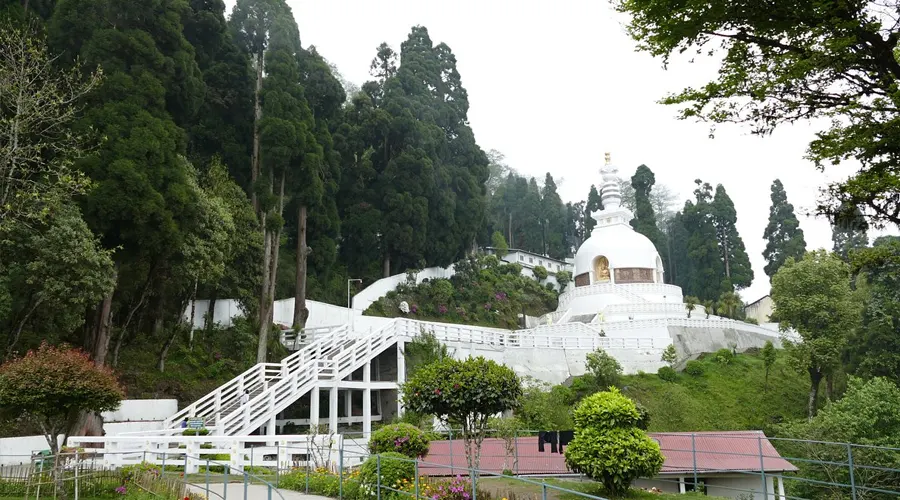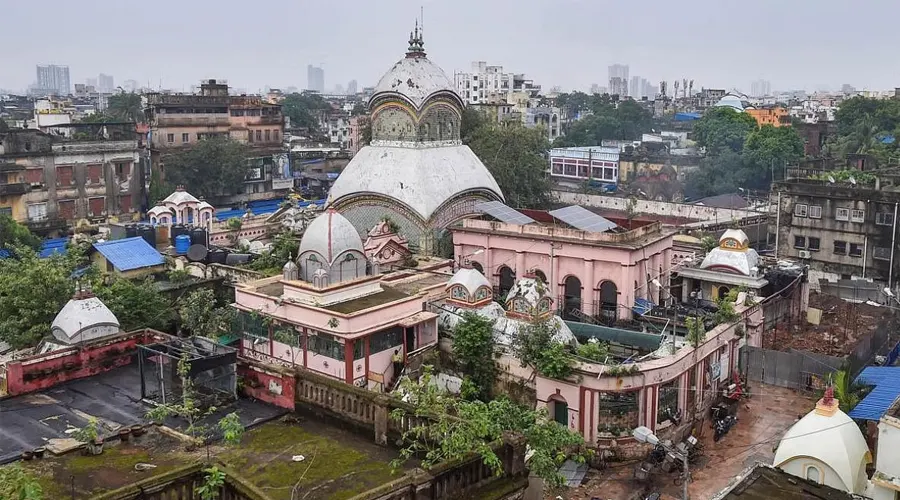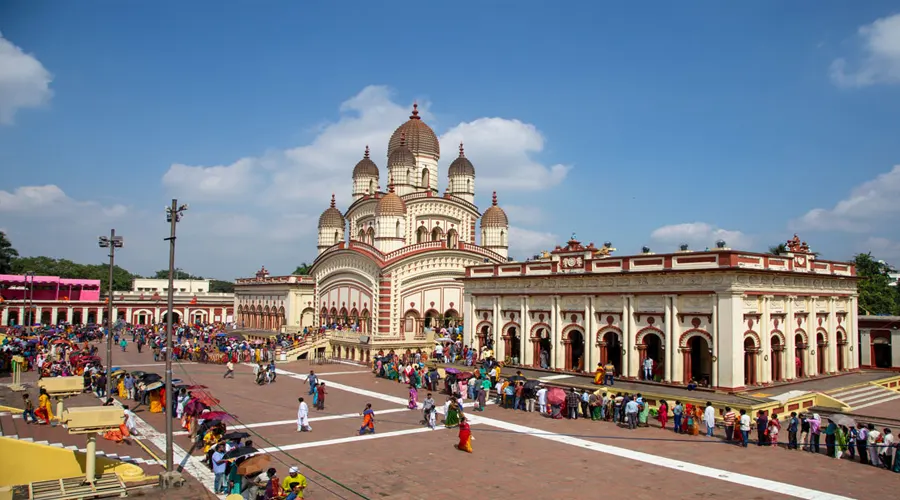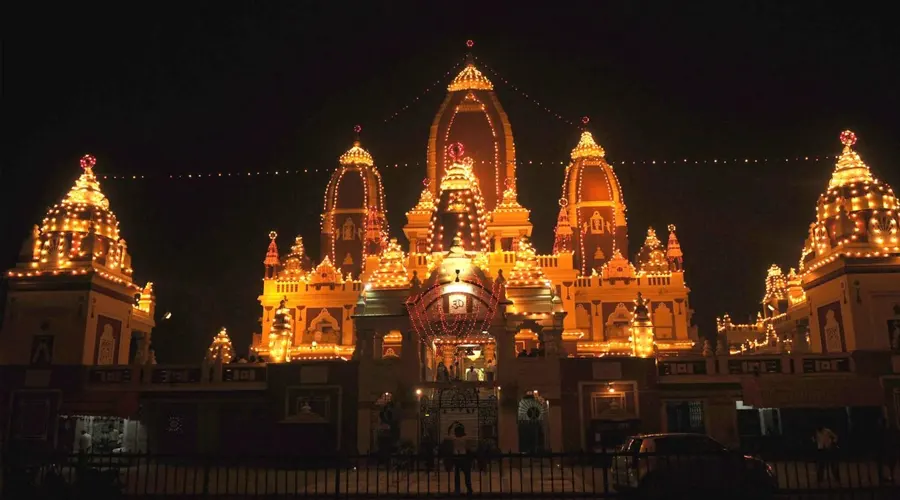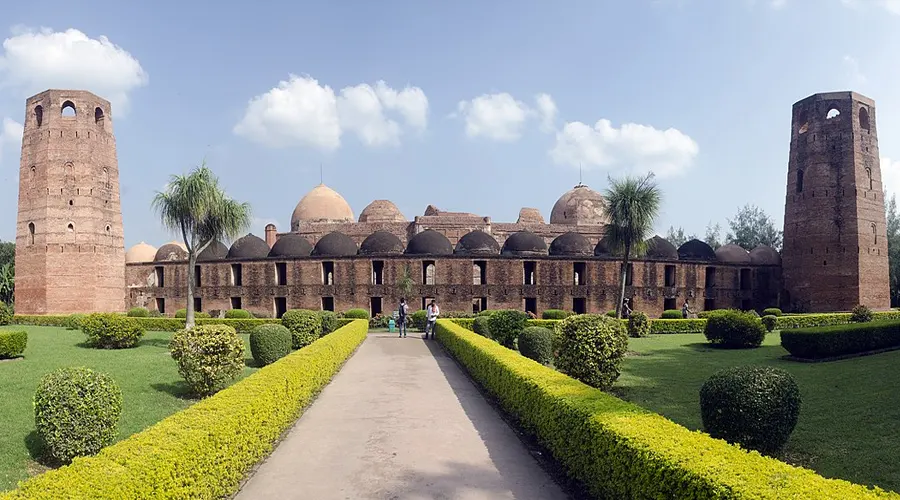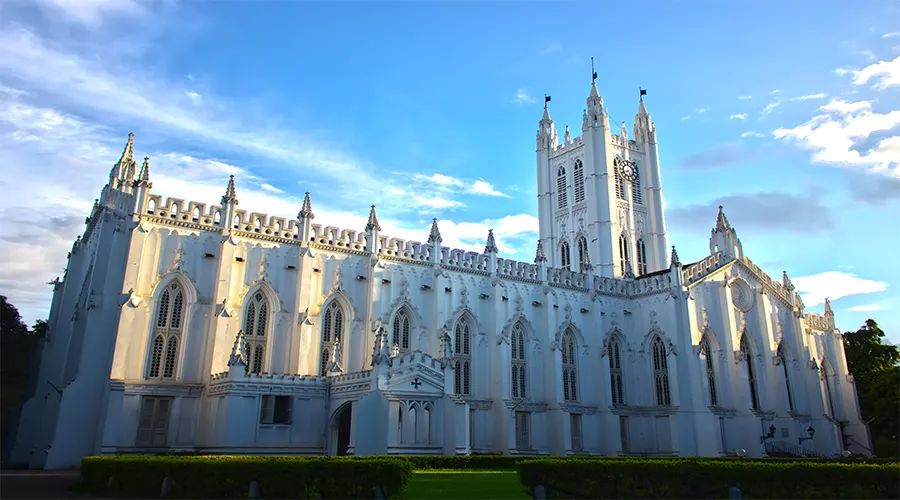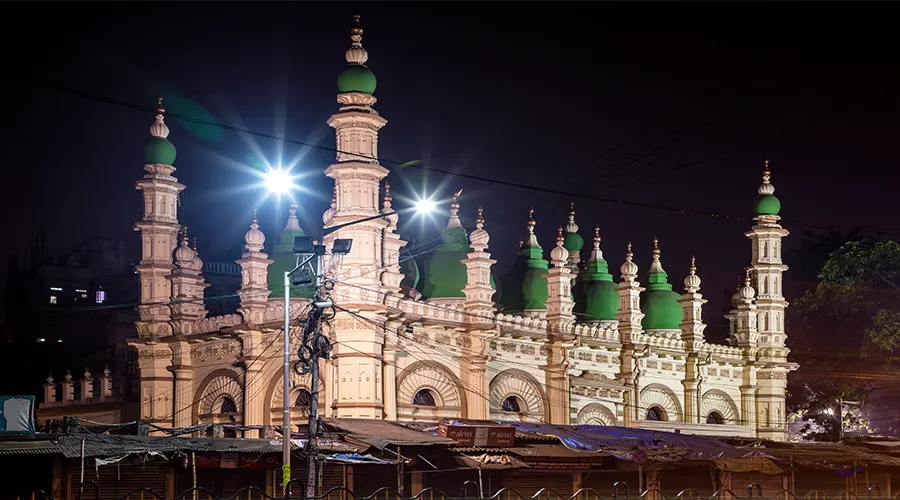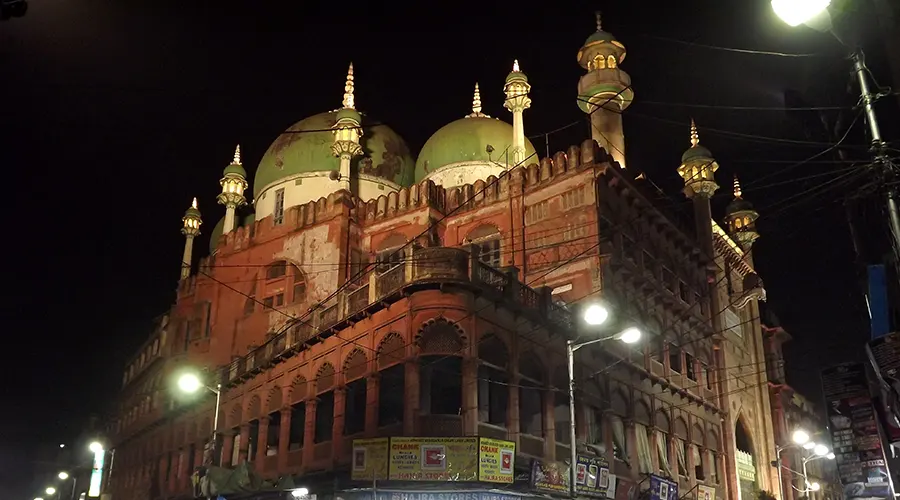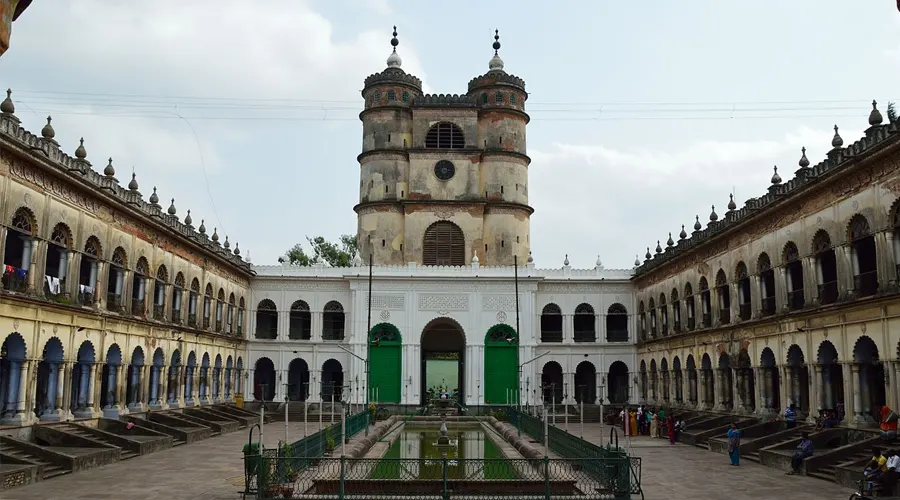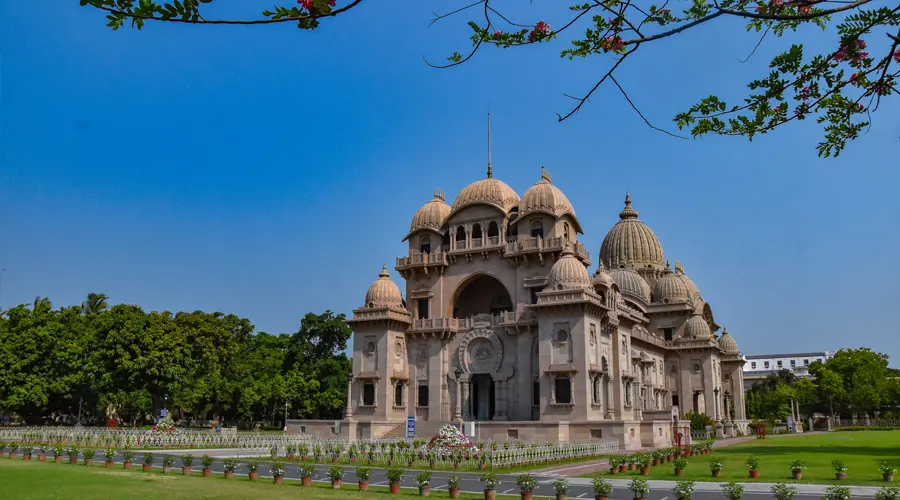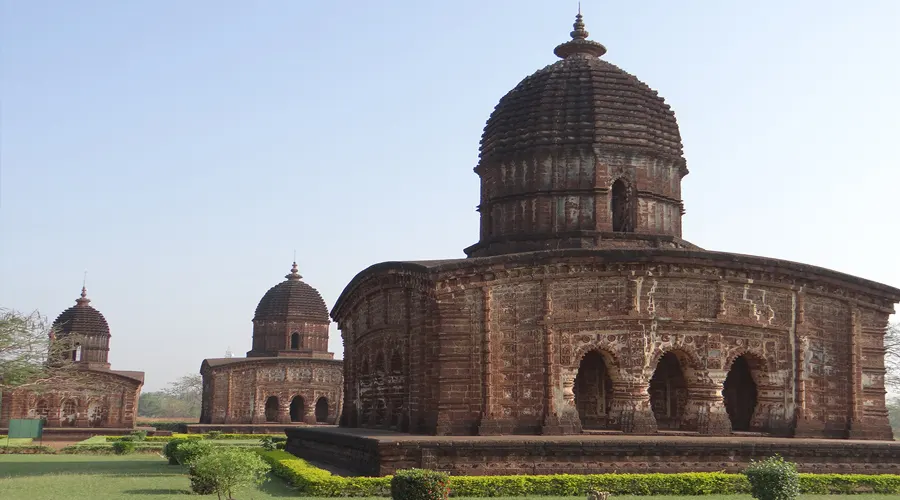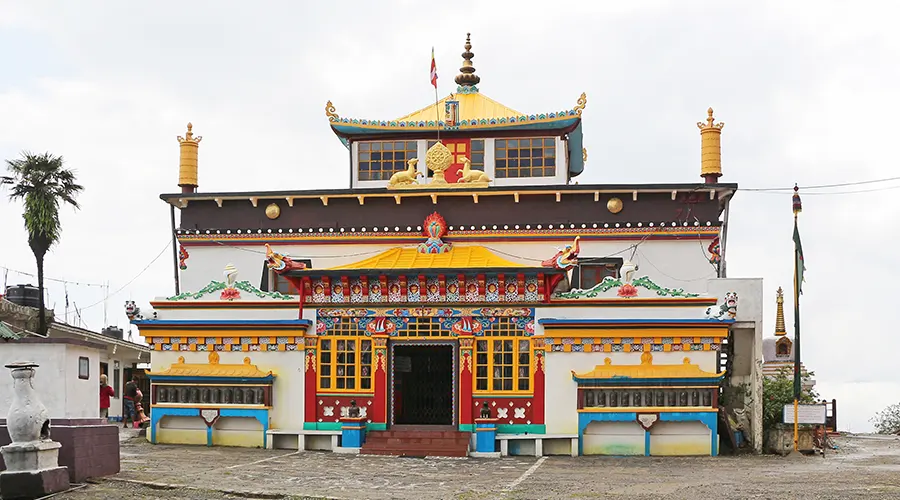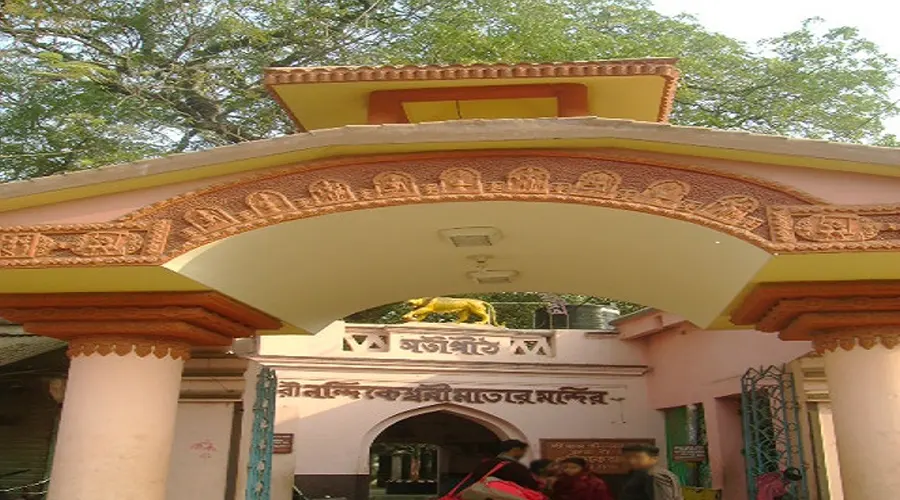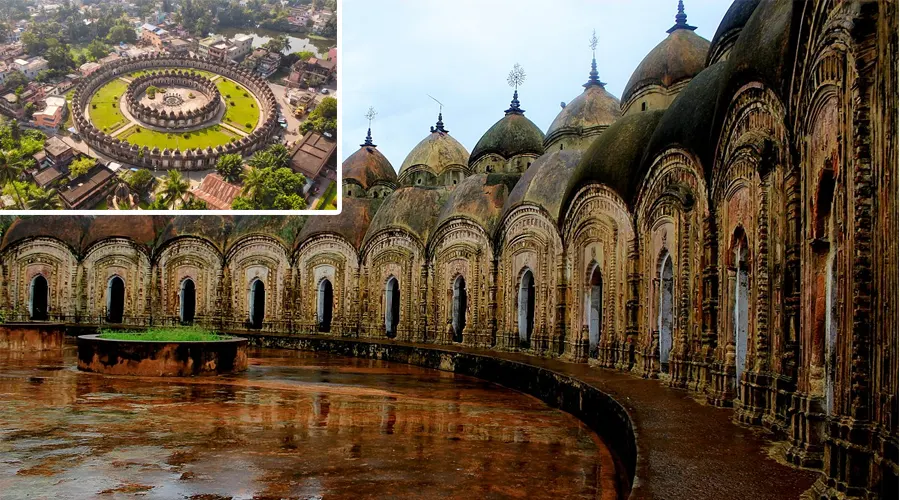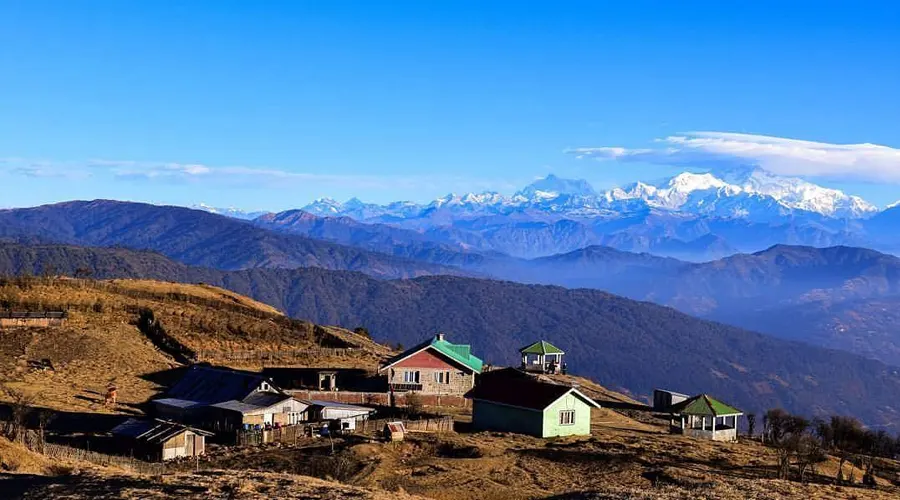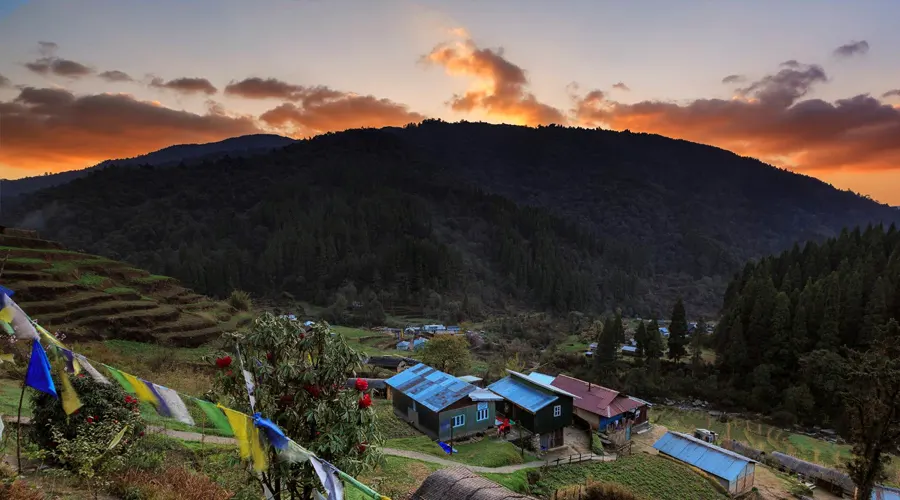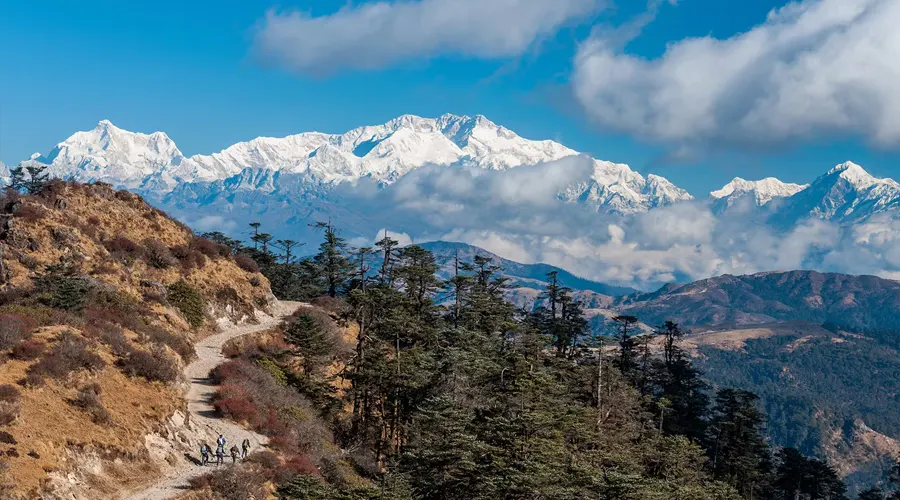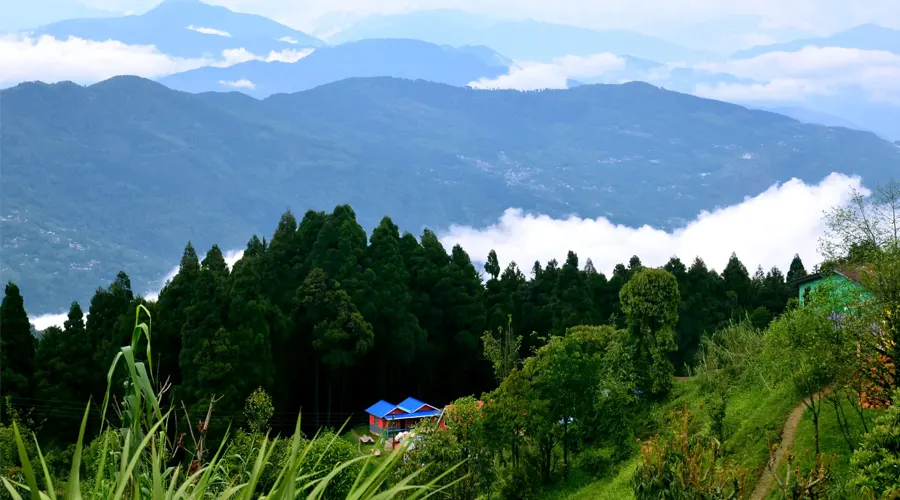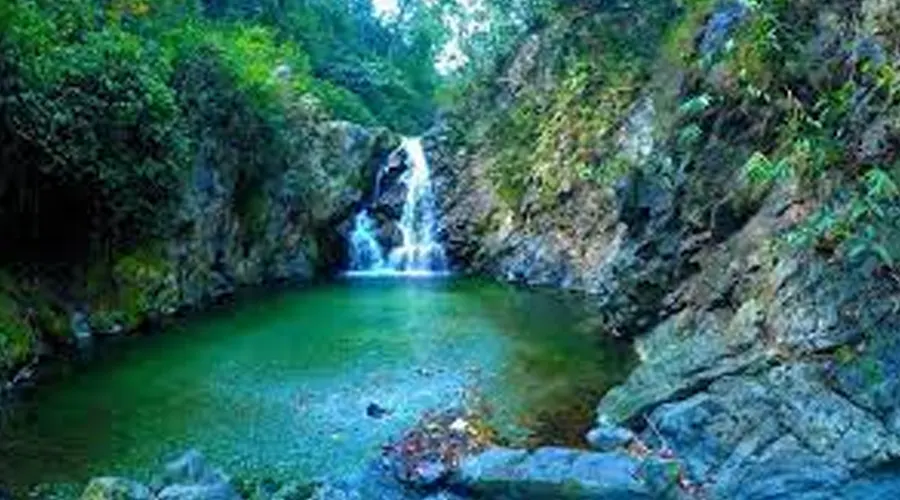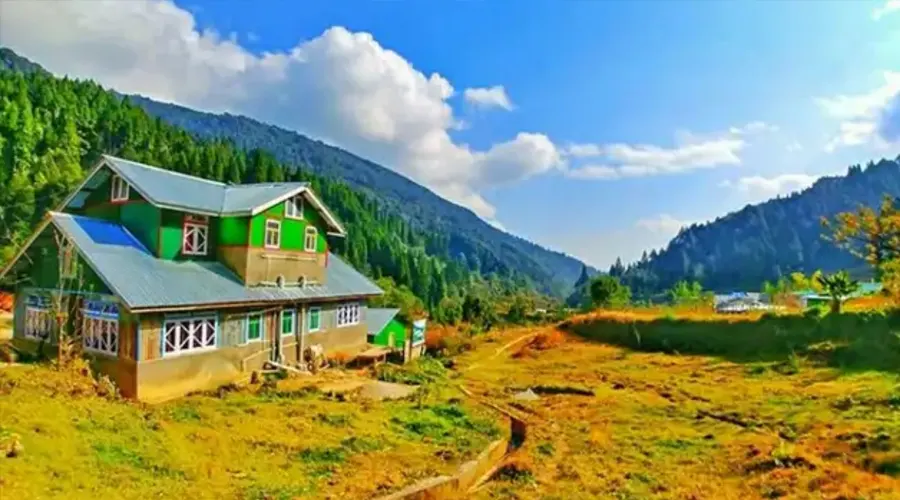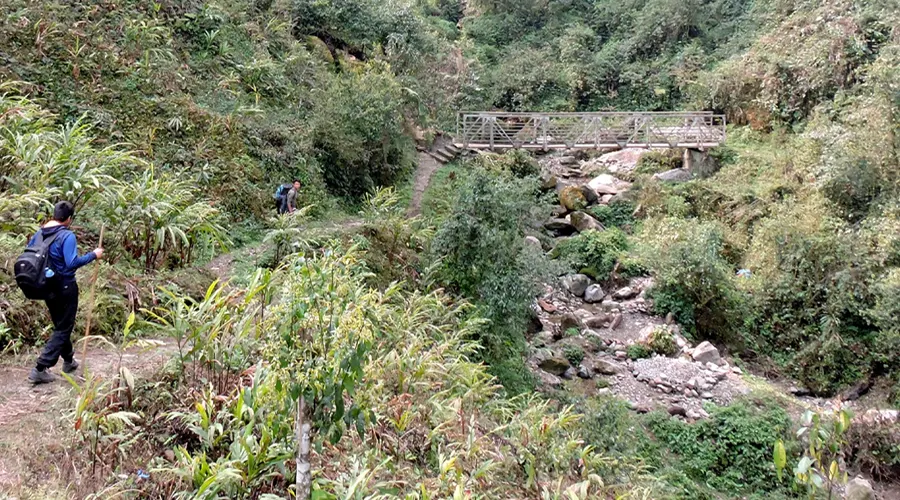Japanese Temple And Peace Pagoda
Also known as Nipponzan Myohoji Buddhist Temple, the shrine was built in 1972 and is located 10 minutes away from the Darjeeling town center, on the hill of Jalapahar. Showcasing the classic Japanese style of architecture, this resplendent white building offers visitors a serene and quiet sanctum where they can meditate and seek inner peace.
As one enters the temple, there is a picture of Fujii Guruji, the founder of Nipponzan Myohoji - a Buddhist order for world peace. He is said to have witnessed the tragedy of Hiroshima - Nagasaki. The title of Guruji was given to him by Mahatma Gandhi. In the temple, you will also come across images of Lord Buddha, alluding to its Buddhist ties.
If you happen to visit during the time of prayers (4:30 am 6:30 am; 4:30 pm 6:30 pm), you will have the opportunity to feel firsthand the divine pulses reverberating with every beat of the huge drum that sits in the prayer room.
Nearby the temple is the Peace Pagoda, depicting four avatars of Lord Buddha (sitting, sleeping, standing, and meditating), which are also the tallest free-standing structures in Darjeeling. Its foundation stone was laid in 1972 by Fujii Guruji and the Peace Pagoda is an embodiment of Lord Buddha and his teachings of peace and non-violence.
History of Japanese Temple and Peace Pagoda
The foundation stone of the pagoda was laid in 1972 by Nichidatsu Fuji, a Buddhist monk from Japan and founder of the Nipponzan-Myohoji Buddhist Order. Inaugurated in 1992, the pagoda was designed by M. Ohka. Being the tallest structure in Darjeeling with a height of 28.5 meters, it is open to people of all faith and is purposely made to propagate peace and prosperity in the world.
Architecture of Japanese Temple and Peace Pagoda
The Peace Pagoda, designed by Dr. M Ohka of Japan, took three years to construct. It showcases four avatars of Buddha and is the tallest free-standing structure in Darjeeling with a height of 28.5 meters and a diameter of 23 meters. Two concrete models of lions stand on both sides of the staircase and the avatars of Buddha are carved into the walls and polished in gold color. They show the postures of Buddha such as sitting, sleeping, standing, and meditating.
Beautiful artwork depicting the life of Buddha and his relics is etched on sandstones that look like a wooden framework. There are mythological depictions like 'Gift of Mango Grove by Amrapali at Vaishali' and 'Great departure of Siddhartha'. From the top of the pagoda, you get to witness wonderful views of the Japanese Temple nearby, the rows of pine trees, and the snow-clad mountain peaks.

